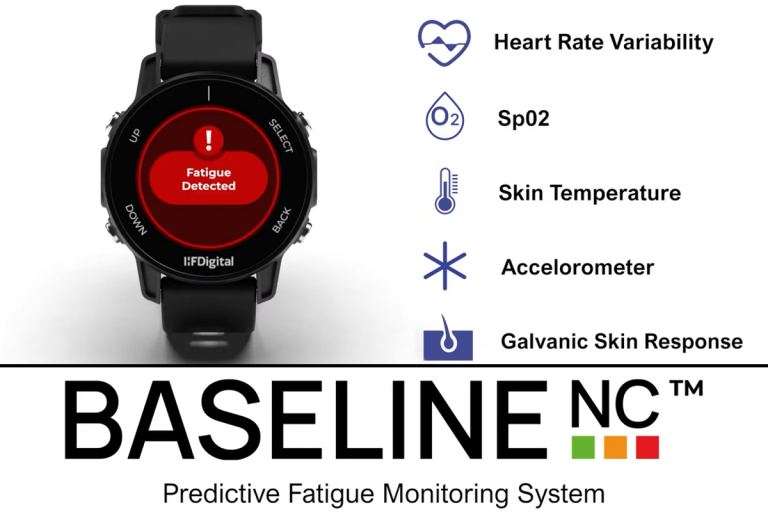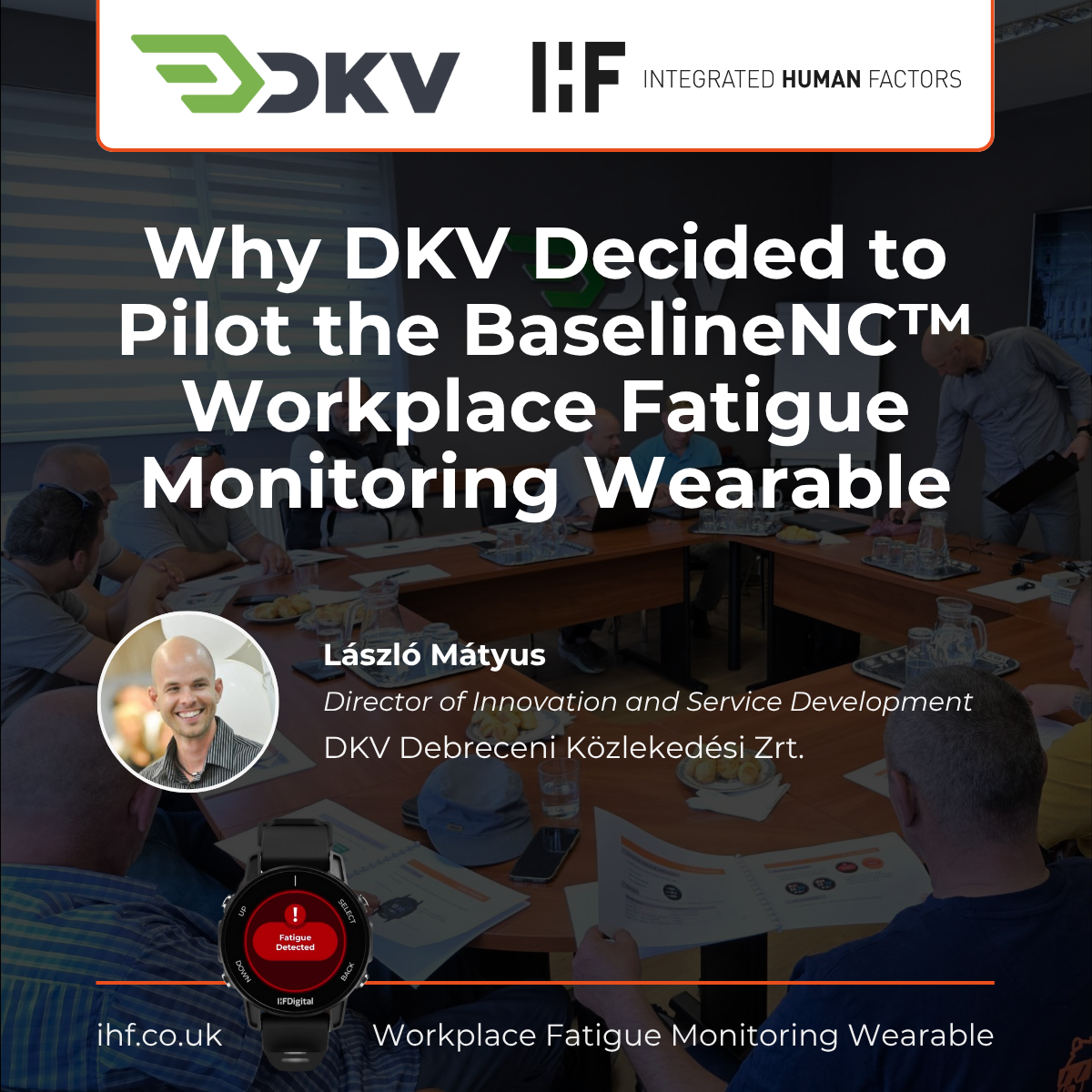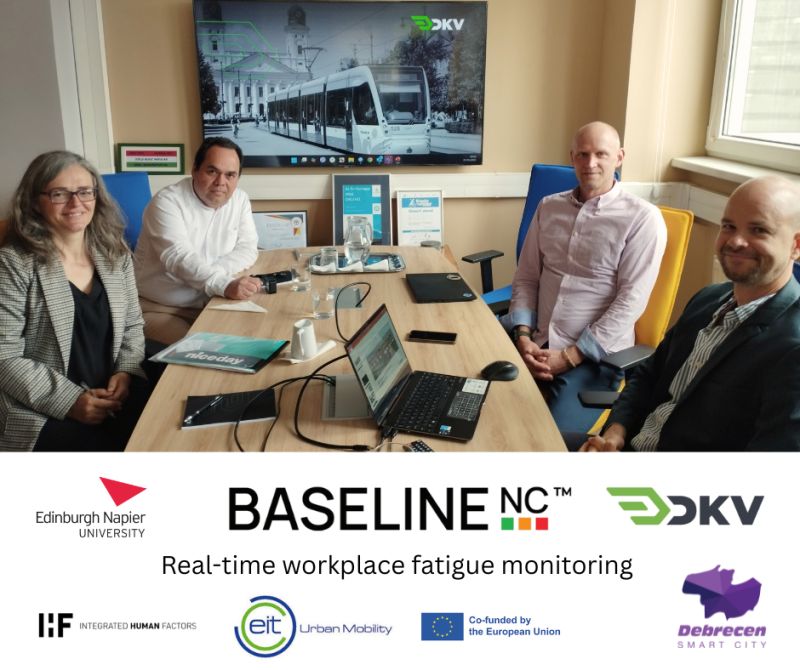Potential Financial Savings of Predictive and Objective Fatigue Risk Management
Absenteeism, Performance, Productivity and Presenteeism.
Request a DemonstrationPotential Financial Costs of Workplace Fatigue
A Journal of Occupational and Environmental Medicine article found that 65.7% of fatigued workers in the U.S. reported health-related lost productive work time (LPT) compared with 26.4% of those without fatigue, and estimated that an average of 4.1 productive work hours are lost per week per employee due to fatigue. Additionally, CCOHS state there are multiple negative mental and physical performance consequences related to workplace fatigue that can lead to increased sick time, greater absenteeism and a higher rate of staff turnover. The HSE estimates that fatigue costs £115 to £240 million (GBP) per year in the UK in terms of work accidents alone and workers with fatigue cost U.S. employers $136.4 billion (USD) annually according to a Journal of Occupational and Environmental Medicine article, negatively impacting organisations’ lost time injury frequency rate (LTIFR). An Ergonomics study equated a mean productivity loss due to presenteeism of £4,058.93 (GBP) per worker per annum. According to another Journal of Occupational and Environmental Medicine study, even modest amounts of presenteeism were related to impaired work performance.
BaselineNC™ Solution: Predictive and Objective Fatigue Risk Management
Designed to mitigate fatigue-related accidents and incidents whilst increasing worker productivity — by human factors experts — using predictive analytics through real-time monitoring of biometric data, BaselineNC ultimately supports proactive human performance management and the optimisation of worker safety and well-being, especially in relation to healthy shift patterns and working hours. By reducing the likelihood of fatigue-related accidents and incidents whilst increasing worker productivity, your organisation can effectively manage workplace fatigue leading to better job performance, reduced worker stress and less downtime, positively impacting your LTIFR and overall productivity costs. For example, predictive and objective fatigue risk management could lead to up to £3,730.51 (UK: 11.2%) and $7,656.75 (USA: 11.95%) productivity financial savings per fatigued employee annually!











